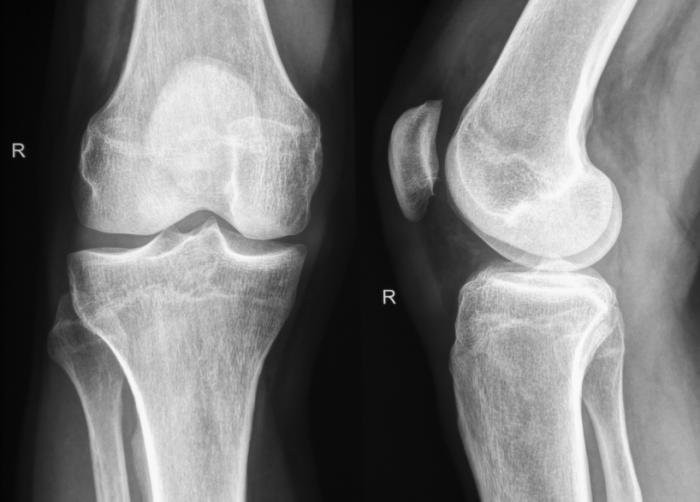The cell technology breakthrough helps replicate parts of the human body
There has never been a cell intervention technique for the human body to reproduce damaged parts as it is now when researchers from Northwestern University (NU, USA) produce self-produced "matrices". However, it is possible to self-assemble like "matrices" that exist in the body , surrounding cells to protect and direct these cells to move to the necessary locations.
Samuel I. Stupp, director of NU's Nano Biotechnology Research Institute, said the result marked a big leap in the study of biological regeneration technology using micro synthetic materials.
Starting at the molecular level, this method is a design from the core using ideas in nanotechnology.
The team at NU has begun implementing experiments focused on bone or cartilage regeneration, in which these "matrices" surround existing or tightly bound cells around development factors (including Functional proteins are often taken to parts of the body to support the regeneration process when there is damage.

The advantage of this method is that "matrices" are made of organic materials.(Source: Medical News Today).
The experiment showed that the "matrix" technology helped solve the regeneration problem without "cutlery touch". Normally, to perform spinal joint surgery such as bone tissue grafting, doctors must follow the steps that begin by taking a piece of bone from another part of the patient's body (usually from the hip). , then inserted to connect the vertebrae.
But with new technology, there is no need to take in other bones to put in, so there is no need to mobilize too many development factors, reduce the cost by half, the level of pain also decreases while the risk of failure also lower.
In fact, a few years ago, the research team led by Professor Stupp used this technology to control molecules involved in cell-level regeneration and repair to help a disabled mouse. can walk normally.
After several years of research and development, the regenerative drug using this technology has been improved by the research team and reached a high level of completion, so the group contacted the US Food and Drug Administration (FDA). ) to be licensed for a clinical trial of human vertebral reconstruction, helping to nourish bones between vertebrae.
To achieve absolute success, scientists need to combine stem cells with this technology to create parts in the body.
Once these two factors are successfully combined, the team will not only prevent the possibility of early elimination of cells but also produce more commands for cells such as cell division, self-replication. copy or transform into another cell form.
The advantage of this method is that "matrices" are made of organic materials, so they can completely dissolve without leaving unnecessary and potentially dangerous substances in body.
- Biological ink breakthrough 'in' human body parts
- Startled with 5 parts of the body still dirty than the toilet
- 20 great things about the human body
- Strange mysteries about 10 human body parts
- Which part of the human body is 'useless'?
- Some animals can regrow their body parts when they break
- Prospects for opportunities to recreate human organs
- Technology helps people lose their legs dancing and swim like fish
- Recreate parts of the body with 3D printing technology
- Launch the human cell mapping project of the century
- 4 parts of new scientific world discovered in human body
- Science says that 14 parts of the body will reveal your intelligence
 Green tea cleans teeth better than mouthwash?
Green tea cleans teeth better than mouthwash? Death kiss: This is why you should not let anyone kiss your baby's lips
Death kiss: This is why you should not let anyone kiss your baby's lips What is salmonellosis?
What is salmonellosis? Caution should be exercised when using aloe vera through eating and drinking
Caution should be exercised when using aloe vera through eating and drinking Portrait of famous poet restored by AI
Portrait of famous poet restored by AI  NASA's most interesting inventions, seemingly far-fetched but often used by everyone
NASA's most interesting inventions, seemingly far-fetched but often used by everyone  Russia creates 50 qubit ion quantum computer
Russia creates 50 qubit ion quantum computer  The first Vietnamese person to be honored with the TechWomen 100 award
The first Vietnamese person to be honored with the TechWomen 100 award  Special secret helps a cerebral palsy patient graduate high school
Special secret helps a cerebral palsy patient graduate high school  Above all, watch 3D right on regular eyeglasses
Above all, watch 3D right on regular eyeglasses 